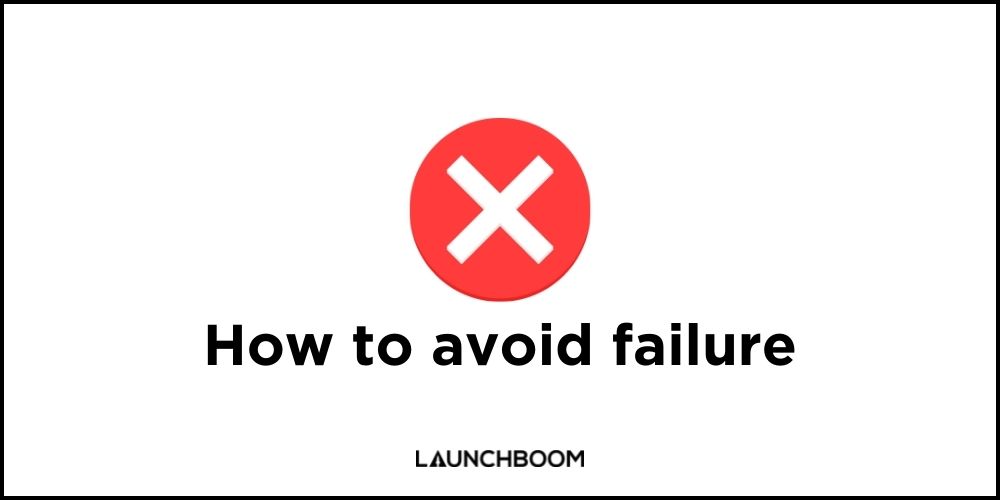
Seven months ago, Simon Lasnier pushed the cancel button on his Kickstarter campaign. After years of hard work, his campaign had failed.
Most product creators quit after a failed campaign, but Simon is different. He didn’t view this event as a failure, but simply an opportunity to learn. So he identified his mistakes, learned from them, and prepared to launch again.
Now, seven months after his failed campaign, Simon relaunched his campaign and was funded in 12 minutes with $154,652 raised so far.
I’m going to dive into the 6 main differences between Simon’s successful campaign and failed campaign. By learning these and applying them to your crowdfunding campaign, you can ensure you get it right the first time 🙂
Let’s dive in.
Contents
- Difference #1: Built a prelaunch email list with a Reservation Funnel
- Difference #2: Set up email marketing automation
- Difference #3: Created a VIP community on Facebook
- Difference #4: Simplified his reward tiers
- Difference #5: Redesigned the order of campaign page
- Difference #6: Asked for help in areas he wasn’t an expert
- The 6 differences of a successful campaign vs. a failed campaign
Difference #1: Built a prelaunch email list with a Reservation Funnel
In Simon’s failed campaign, he had built an email list of about 400 people. For his successful campaign, he 10x’d his list size and launched with a list of 4,000.
He did this by using LaunchBoom’s Reservation Funnel.
Here’s how the funnel works:
- Drive traffic: use Facebook ads to drive traffic to a landing page.
- Collect leads: have an opt-in on a landing page to collect leads.
- Collect reservations: offer leads the opportunity to “reserve” the best discount by putting down a $1 deposit.
People that put down a $1 deposit are 30x more likely to buy on average which is why it’s so powerful!
Here’s what Simon’s simple landing page looked like:
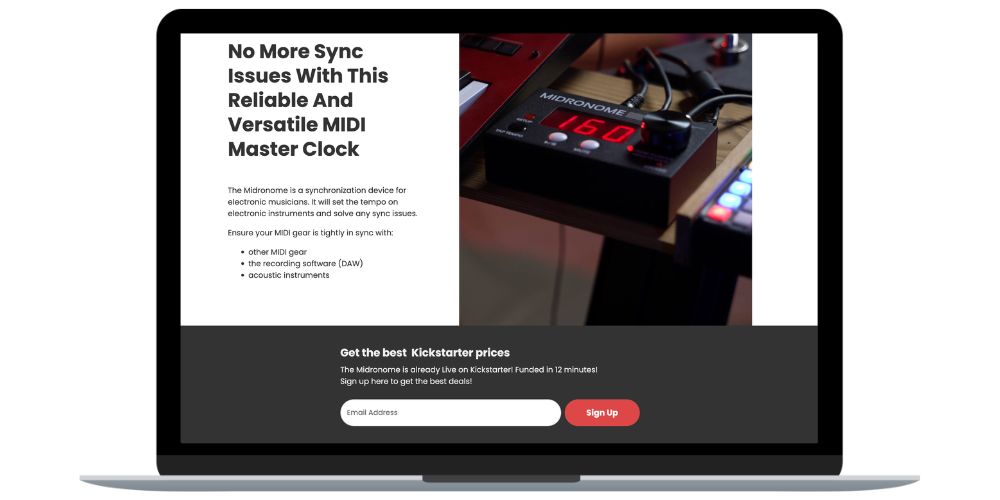
Once people signed up for Simon’s email list, he had a whole email marketing strategy set up as well. This brings us to the next difference.
Difference #2: Set up email marketing automation
In Simon’s failed campaign, he didn’t have any email marketing automation set up. In the successful campaign, Simon created email marketing automation that made his list building efforts way more effective.
When someone signed up on Simon’s Reservation Funnel, he automatically sent an email to them (I recommend using Mailchimp). The email is written from Simon, not some “brand”. This is very important as it formed a connection between Simon and the person on his list.
Here’s what Simon’s email looked like:
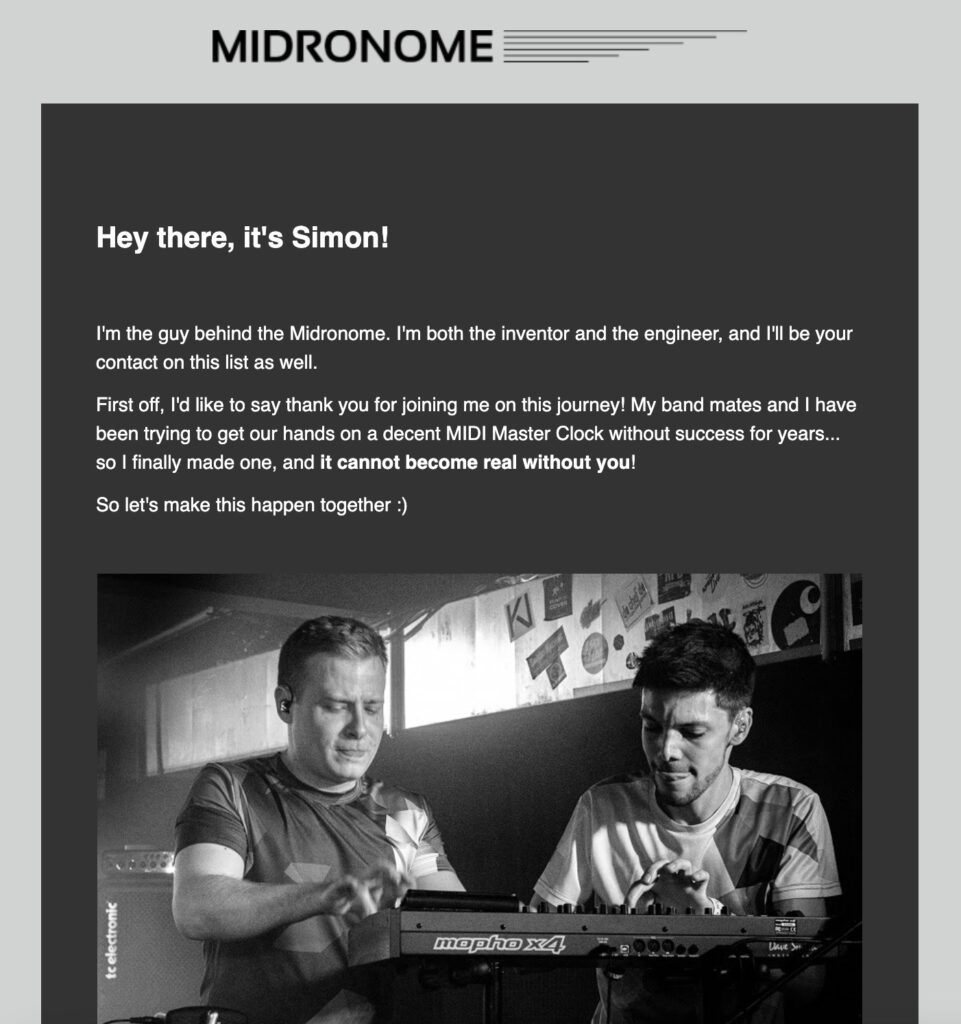
He also segmented his leads into two groups. First, people that gave their email but did NOT put down a $1 deposit (we call this segment Non-VIPs). Second, people that gave their email AND put down a $1 deposit (we call this segment VIPs).
For Non-VIPs, the main call-to-action in the email automation was for them to upgrade to VIP. This works extremely well in selling more VIPs!
For VIPs, the main call-to-action in the email automation was to join an exclusive VIP only Facebook Group. This created a very engaged and tight community of Simon’s most qualified community members.
Difference #3: Created a VIP community on Facebook
In Simon’s failed campaign, every person on his list was treated the same, even though some were much more qualified than others. For his successful campaign, he had 736 VIPs in an exclusive community on Facebook.
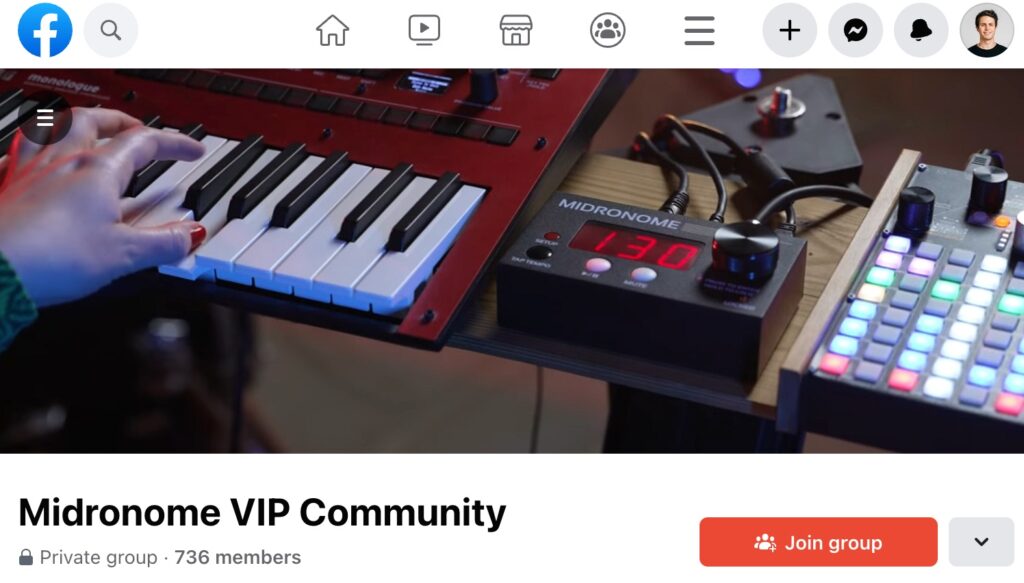
When someone put down a $1 deposit to upgrade to VIP, they were invited to sign up for his private VIP community on Facebook.
Not only was this a great way to open another channel between Simon and his community, but it made them feel included in the process of bringing this product to life. There’s something called the IKEA Effect where a person values something more when they feel like they created it (even if their contribution is small). Because of this, creating the VIP community made them much more likely to buy Simon’s product when he launched.
Difference #4: Simplified his reward tiers
In Simon’s failed campaign, his rewards tiers were complicated and harder to understand resulting in only 5 of the 9 rewards getting backed. In his successful campaign, they were much easier to understand and 7 of the 8 reward tiers were backed.
Here’s the difference between the reward structure in both of his campaigns:
Failed campaign
- One pack with 3 levels of discounts
- One pack with custom design
- Two pack
- Two pack with custom design
- Two pack with custom design & firmware
- Four pack
- Four pack with custom design & firmware
Successful campaign
- One pack with 4 levels of discounts
- Two pack with 2 levels of discounts
- Four pack
- Twenty pack
You can tell just by glancing at the two bulleted lists that the second campaign has a simpler structure. There’s a great TED talk by Barry Schwartz called the Paradox of Choice which illustrates why less choice often yields better results in marketing. The main point of the talk is that when left with too many choices, people often make no choice at all.
By keeping it simple, Simon was able to drive more conversions.
Difference #5: Redesigned the order of campaign page
In Simon’s failed campaign, he had all the right elements on his campaign page, but they weren’t in the right order. In his successful campaign, he brought the most important elements to the top and increased his conversion rate.
One of the most important sections of the campaign page is the very first section. In the graphic below you can see the drastic difference in this section between the failed campaign and the successful campaign.
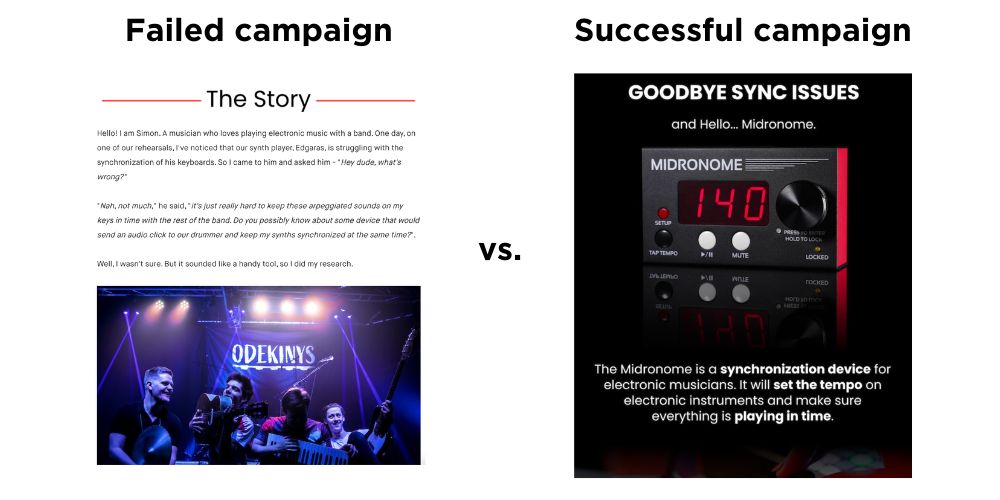
Instead of leading with “the story” like in the failed campaign, Simon immediately stated the problem and how Midronome is a solution to that problem. He then followed that up with explaining the core features of his product and how that’s a benefit for the backer.
This seemingly small change has a big effect on the conversion rate of the campaign.
Difference #6: Asked for help in areas he wasn’t an expert
In Simon’s failed campaign, he tried to do everything himself. In his successful campaign, he realized he didn’t have expertise in marketing and decided to pay for help.
Simon signed up for our LaunchBoom Accelerator program in May of 2022 which was one month after he canceled his Kickstarter campaign. He knew he had a great product, but he just needed the right marketing strategy.
Right from day one, Simon was all in on the LaunchBoom system and did the work to make his campaign a success. Five months later he launched, getting funded in 12 minutes!
Here’s his post he shared with the LaunchBoom Accelerator community after he launched:
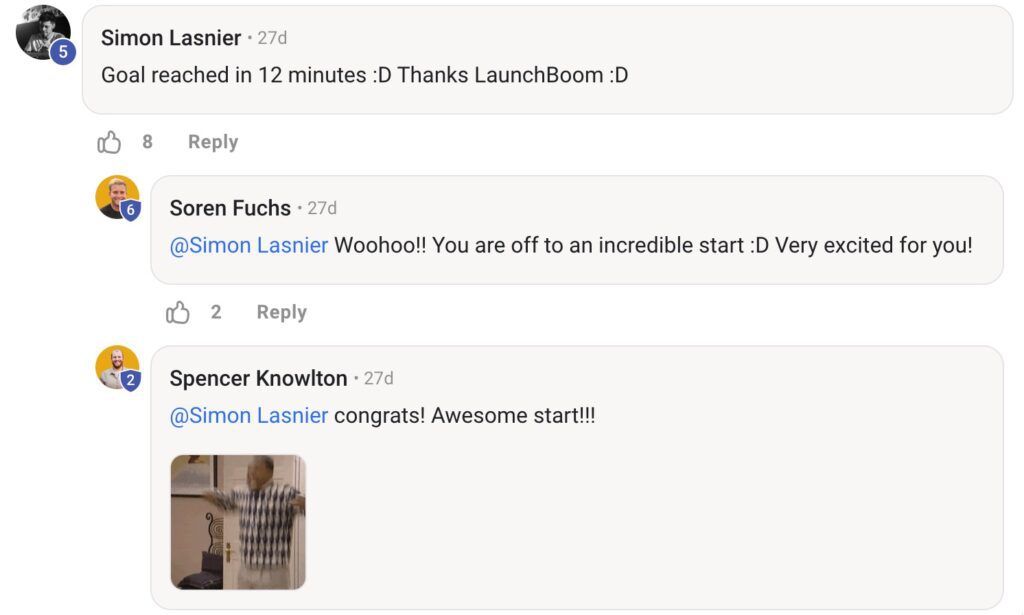
He also left LaunchBoom a 5-star review on Trustpilot which I think sums up the value of seeking help when you need it:
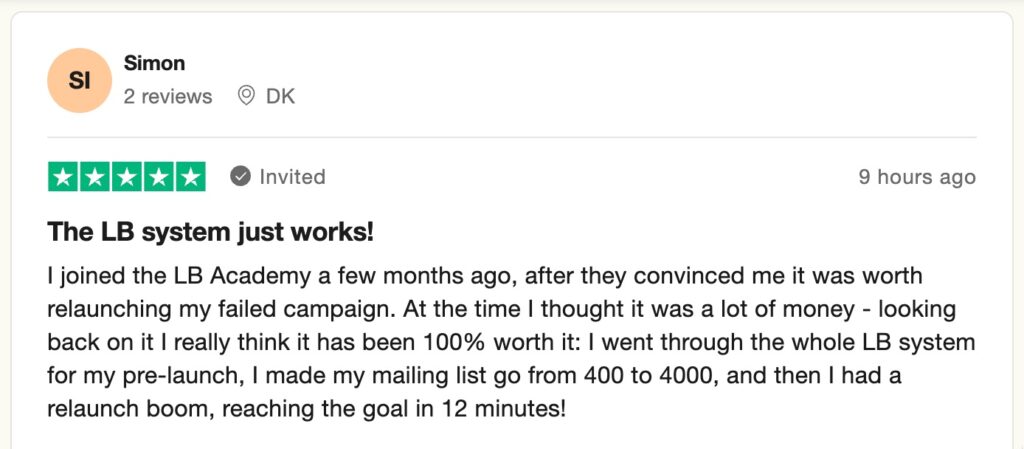
Listen to Simon’s story in the Masters of Crowdfunding podcast here:
The 6 differences of a successful campaign vs. a failed campaign
Because Simon recognized he could improve after his failed campaign, he was able to launch a very successful campaign. Here’s a recap of the six changes he made:
- Built a prelaunch email list using a Reservation Funnel
- Set up email marketing automation
- Created a VIP community on Facebook
- Simplified his reward tiers
- Redesigned the order of campaign page
- Asked for help in areas he wasn’t an expert
I’m very proud of Simon and what he achieved. Now, with a successful campaign, Simon can bring his product idea to life. More importantly, he’s started his journey as an ecommerce entrepreneur.




